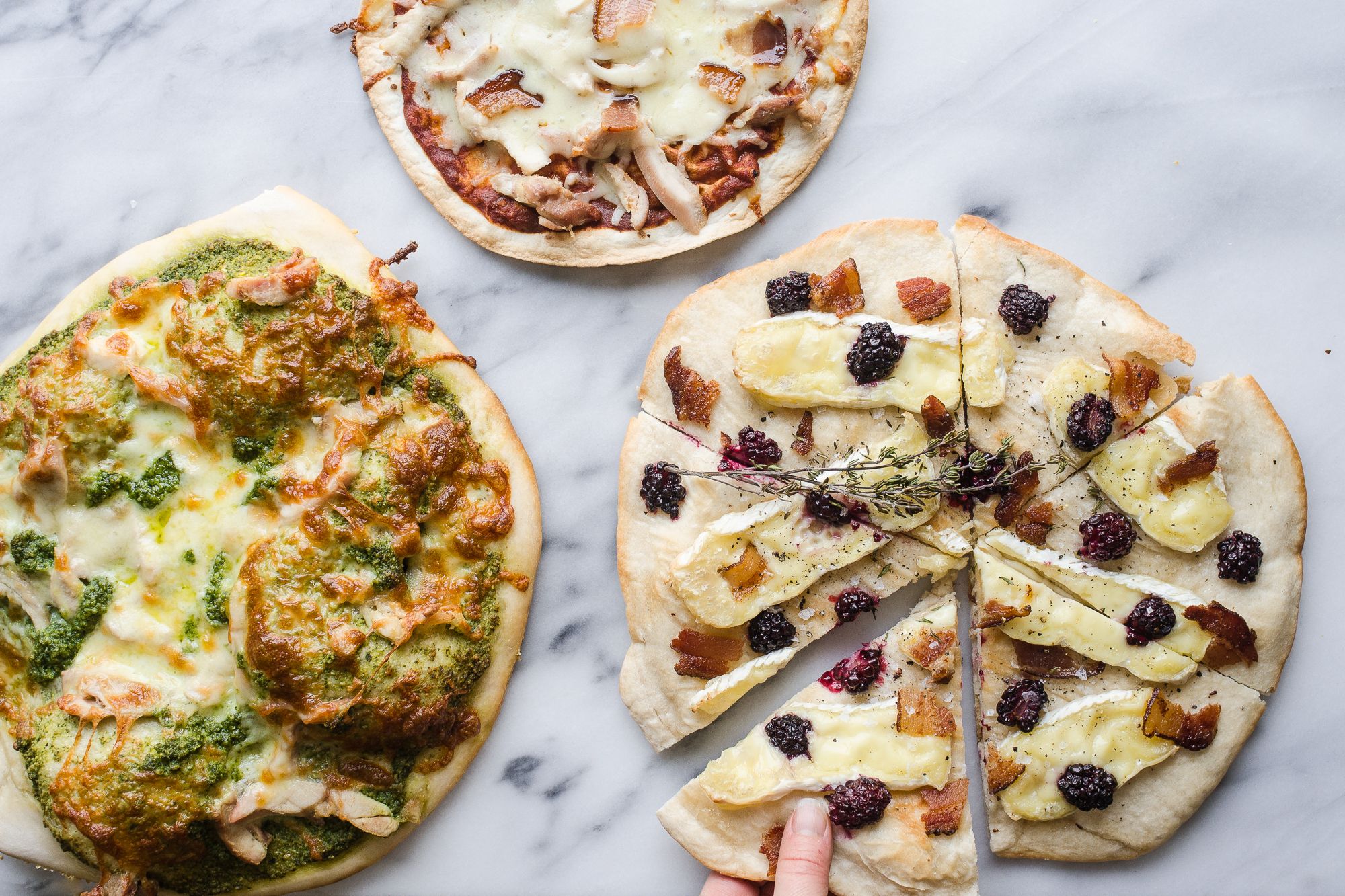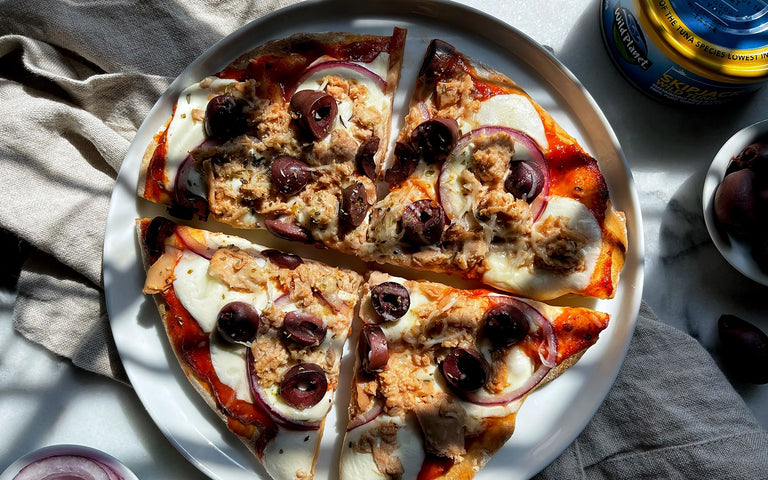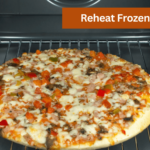Making homemade pizza is a rewarding and delicious culinary adventure. Whether you’re a beginner or a seasoned home cook, mastering the art of pizza-making can elevate your cooking skills and impress your family and friends. In this comprehensive guide, we’ll explore a variety of tips and techniques to help you create mouthwatering homemade pizzas right in your own kitchen.
Pizza is a versatile dish that can be customized to suit your tastes and preferences. From classic Margherita to creative gourmet toppings, the possibilities are endless when it comes to homemade pizza. With the right tools, ingredients, and techniques, you can achieve professional-quality results that rival your favorite pizzeria. Let’s dive into the essential tips for making delicious homemade pizza.
1. Use High-Quality Ingredients

1.1 Flavor and Freshness
High-quality ingredients, such as fresh vegetables, artisanal cheeses, and premium meats, boast superior flavor profiles compared to their mass-produced counterparts. Fresh ingredients not only contribute to a more vibrant and robust flavor but also impart a depth of taste that elevates the entire pizza experience.
1.2 Texture and Mouthfeel
The texture of ingredients greatly impacts the overall mouthfeel of the pizza. Fresh vegetables retain their crispness and juiciness, adding a delightful crunch and burst of flavor with each bite. Artisanal cheeses melt beautifully, creating a creamy and indulgent layer atop the pizza, while high-quality meats offer a satisfying chew and depth of flavor.
1.3 Nutritional Value
Using high-quality ingredients can also enhance the nutritional value of your homemade pizza. Fresh vegetables provide essential vitamins, minerals, and antioxidants, while whole-milk cheeses offer protein and calcium. By prioritizing quality over quantity, you can create a pizza that not only tastes delicious but also nourishes your body.
1.4 Supporting Local and Sustainable Food Systems
Opting for high-quality, locally sourced ingredients allows you to support small-scale farmers, artisans, and producers in your community. By choosing ingredients that are sustainably and ethically sourced, you can reduce your environmental impact and promote a more resilient and equitable food system.
1.5 Culinary Creativity and Innovation
Using high-quality ingredients opens up a world of culinary possibilities and encourages experimentation and innovation in the kitchen. Explore seasonal produce, unique flavor combinations, and regional specialties to create one-of-a-kind pizzas that reflect your personal taste and style.
2. Perfect the Pizza Dough

2.1 Foundation of Flavor and Texture
The pizza dough serves as the foundation upon which all other ingredients are layered, making it a critical component of the pizza’s overall flavor and texture. A well-made dough provides a harmonious balance of chewiness, crispiness, and airiness, enhancing the dining experience and elevating the pizza to gourmet status.
2.2 Customization and Personalization
Perfecting the pizza dough allows you to customize and personalize your pizza according to your taste preferences and dietary restrictions. Whether you prefer a thin and crispy crust or a thick and chewy base, mastering the dough-making process empowers you to create the perfect canvas for your culinary creations.
2.3 Mastery of Techniques
Creating the perfect pizza dough involves mastering a range of techniques, including mixing, kneading, proofing, and shaping. Each step requires precision and attention to detail, honing your culinary skills and deepening your understanding of the science behind bread-making.
2.4 Versatility and Adaptability
A well-made pizza dough is incredibly versatile and can be adapted to suit a variety of pizza styles, from traditional Neapolitan to modern artisanal creations. By experimenting with different flour blends, hydration levels, and fermentation techniques, you can tailor the dough to meet the specific requirements of your desired pizza style.
2.5 Artistry and Craftsmanship
Crafting the perfect pizza dough is both an art and a science, requiring patience, practice, and a keen eye for detail. As you hone your dough-making skills, you’ll develop a deeper appreciation for the craftsmanship and artistry that goes into creating authentic Italian pizza.
3. Roll and Shape the Dough

3.1 Consistency in Thickness
Rolling and shaping the dough ensures uniformity in thickness, which is essential for even baking and a balanced texture throughout the crust. Consistency in thickness prevents thin spots that may burn or become overly crispy, as well as thick areas that remain doughy or undercooked.
3.2 Control Over Size and Shape
By rolling and shaping the dough, you have control over the size and shape of your pizza. Whether you prefer a traditional round pie, a rectangular Sicilian-style pizza, or a free-form rustic shape, mastering the art of dough manipulation allows you to achieve your desired presentation.
3.3 Texture and Crust Formation
The way you handle the dough during rolling and shaping affects the formation of the crust. Gentle handling preserves air bubbles in the dough, resulting in a lighter, airier crust with a pleasant chew. Overworking the dough or applying too much pressure can deflate the air bubbles and lead to a denser, tougher crust.
3.4 Personalization and Creativity
Rolling and shaping the dough offer opportunities for personalization and creativity in your pizza-making endeavors. Experiment with different shaping techniques, such as hand-stretching or using a rolling pin, to achieve unique textures and presentations. Embrace imperfections and irregularities to add character and rustic charm to your homemade pizzas.
3.5 Attention to Detail
Mastering the art of rolling and shaping requires attention to detail and practice to achieve consistent results. Paying attention to factors such as dough temperature, flouring the work surface, and using proper techniques ensures success and builds confidence in your pizza-making skills.
4. Choose Flavorful Toppings
:max_bytes(150000):strip_icc()/guide-to-homemade-pizza-FT-MAG0322-5269d2b72b9b4d69aa3634c5d182b11b.jpg)
4.1 Enhances Taste and Aroma
Flavorful toppings add depth and complexity to your pizza, enhancing its taste and aroma. Fresh herbs, aromatic spices, and bold cheeses infuse each bite with vibrant flavors that tantalize the taste buds and awaken the senses.
4.2 Complements the Base Ingredients
Well-chosen toppings complement the base ingredients of the pizza, harmonizing with the crust, sauce, and cheese to create a balanced and cohesive flavor profile. Consider the flavor intensity, texture, and compatibility of each topping to ensure a harmonious blend of ingredients.
4.3 Adds Visual Appeal
Colorful and visually appealing toppings not only enhance the aesthetic appeal of your pizza but also stimulate appetite and anticipation. Vibrant vegetables, succulent meats, and golden cheeses create an enticing presentation that makes your homemade pizza irresistible.
4.4 Supports Seasonal and Local Ingredients
Choosing flavorful toppings allows you to showcase seasonal and locally sourced ingredients, celebrating the abundance of fresh produce available throughout the year. Embrace seasonal variations in flavor and texture, experimenting with seasonal fruits, vegetables, and herbs to create unique and inspired pizzas.
4.5 Encourages Creativity and Innovation
Selecting flavorful toppings encourages creativity and innovation in your pizza-making endeavors. Experiment with unique flavor combinations, ethnic ingredients, and unconventional toppings to push the boundaries of traditional pizza and create culinary masterpieces that reflect your personal taste and style.
5. Master the Baking Process

5.1 Crisp and Golden Crust
Proper baking ensures a crisp and golden crust that is the hallmark of a great pizza. By preheating your oven or grill to the highest temperature possible and using a pizza stone or steel to distribute heat evenly, you can achieve optimal crust texture and coloration.
5.2 Evenly Melted Cheese
The baking process should melt the cheese evenly, creating a gooey and indulgent layer that blankets the pizza. By baking the pizza at high heat for a short period, you can melt the cheese quickly without overcooking the crust or toppings.
5.3 Cooked Toppings
Mastering the baking process ensures that the toppings are cooked to perfection, whether they’re vegetables, meats, or other ingredients. Properly cooked toppings should be tender, flavorful, and evenly distributed across the pizza, providing a satisfying eating experience with every bite.
5.4 Proper Oven Temperature and Timing
Achieving the perfect bake requires careful attention to oven temperature and timing. Preheat your oven or grill to the highest temperature possible and allow it to come to temperature before placing the pizza inside. Monitor the pizza closely during baking to prevent burning or overcooking, adjusting the temperature or cooking time as needed.
5.5 Resting and Slicing
After baking, allow the pizza to rest for a few minutes before slicing to allow the cheese to set and the flavors to meld together. Use a sharp pizza cutter or knife to slice the pizza into uniform portions, ensuring that each slice is as visually appealing as it is delicious.
Conclusion
Making homemade pizza is a fun and rewarding culinary endeavor that allows you to unleash your creativity in the kitchen. By following these tips and techniques, you can create delicious, restaurant-quality pizzas right in your own home. So roll up your sleeves, gather your ingredients, and get ready to enjoy the ultimate homemade pizza experience!






